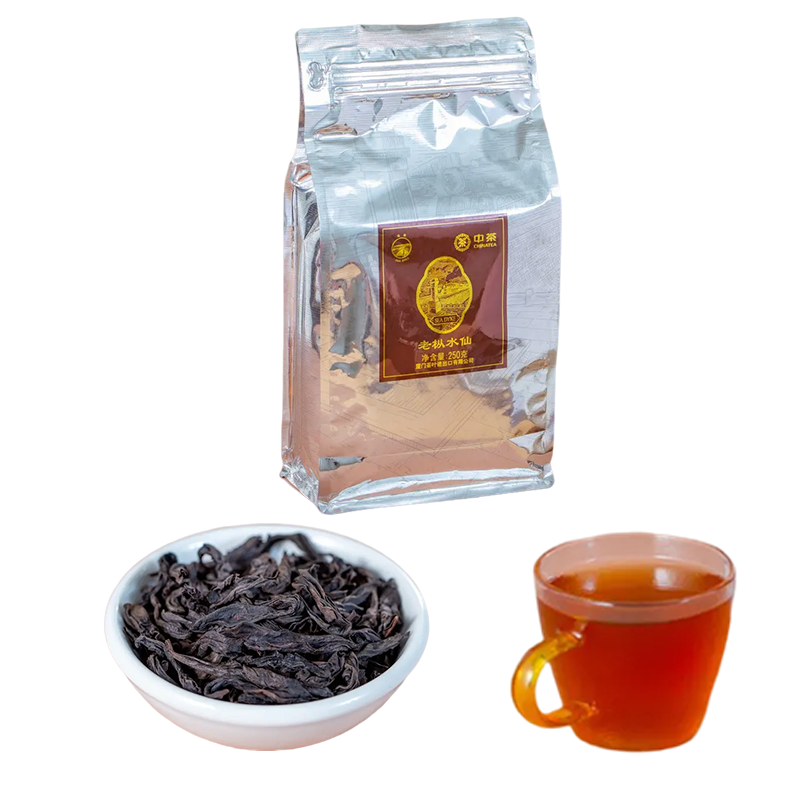The Six Classic Categories of Chinese Tea
There are six Classic Categories of Chinese Tea, namely Green Tea, Yellow Tea, White Tea, Oolong Tea, Black Tea and Dark Tea.
View More

China Tea: Guide to Chinese Flower Tea Types
From jasmine to chrysanthemum, China Tea explores the art of scenting and drying Chinese flower tea types. Learn their delicate flavor profiles, pairing suggestions, and how to brew them gently to release floral aromas.